A plaque will be put up explaining how profits from the slave trade were used to create a picturesque archway in Old Aberdeen.
Powis Gateway has stood opposite Aberdeen University’s King’s College for nearly 200 years, its ornate towers looming over the historic High Street.
But campus chiefs now want to make sure people admiring the structure know how it was funded all those years ago.
They have now been given permission to install a plaque at the gateway, and an information panel nearby.
Slave owners used compensation cash after abolition to build Powis Gateway
The plaque will explain how Powis Gateway was built in the early 1830s by the Leslie family, using profits from slavery.
It will state: “The Leslies, the lairds of nearby Powis House, owned an estate in Jamaica on which they forced enslaved African people to work.
“After the 1833 Act for the Abolition of Slavery, the Leslies received government compensation that also helped fund the gateway.
“The formerly enslaved people received nothing for their years of unpaid labour and suffering.”
Important to ‘understand legacy’ of Powis Gateway
It comes after two years of consultation on the university’s historical links to the slave trade.
Old Aberdeen Community Council and Old Aberdeen Heritage Society have both been approached about the additions to the historic area.
In March, the university staged an online session entitled ‘Powis Gateway: Slavery and Memory in Old Aberdeen’, with more than 100 attendees.
Speaking at the time, researcher Richard Anderson said it was “important” all who pass through the gates “can better understand their legacy”.
A survey was thereafter conducted to determine the best way to word the plaque.
Do you think it’s right to highlight the landmark’s past? Let us know in our comments section below
Plaque could be in place within months
It comes after recently appointed council co-leader Ian Yuill suggested highlighting the slavery links of various Aberdeen street names.
He was later disappointed when, last November, the move was ruled out due to a prohibitive cost to the taxpayer of more than £140,000.
Aberdeen City Council’s capital growth and resources committee approved the proposal, the plaque and panel will be installed this year.
Speaking at the meeting, Mr Yuill said it is “important we recognise history as we move on”.
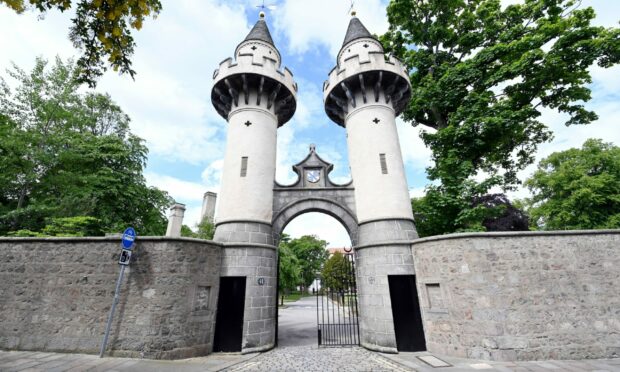
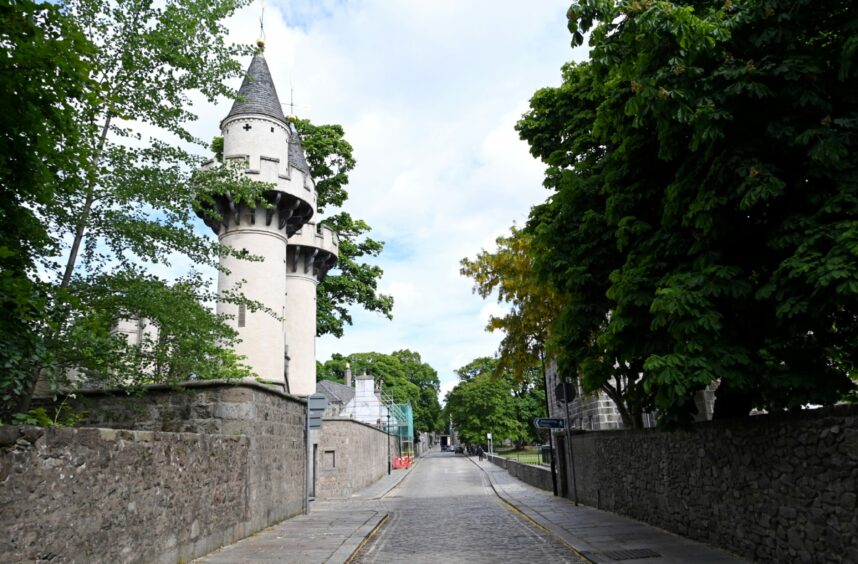
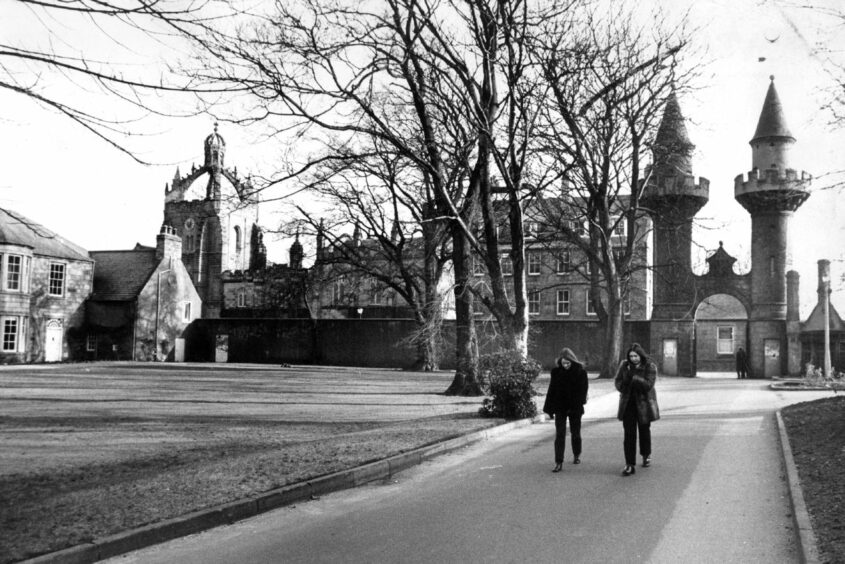
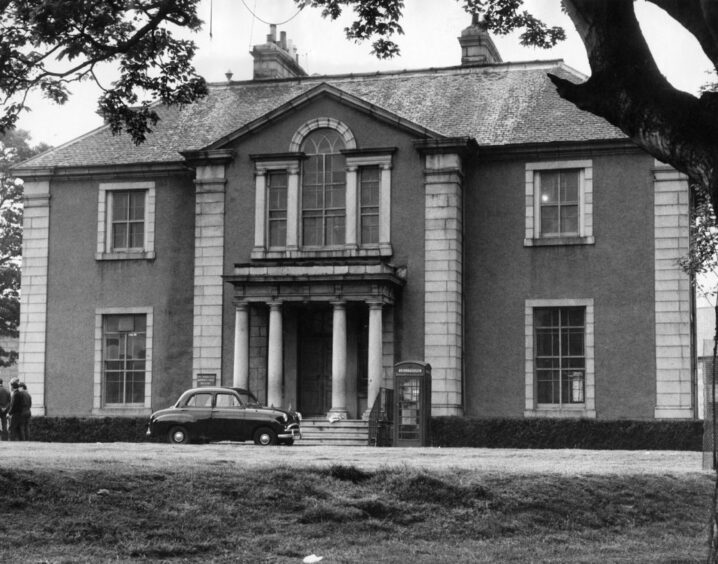
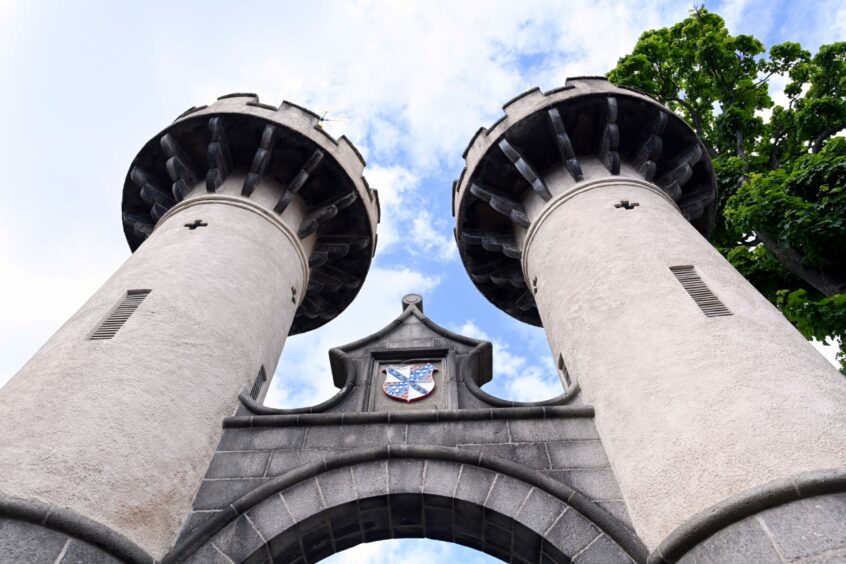
Conversation